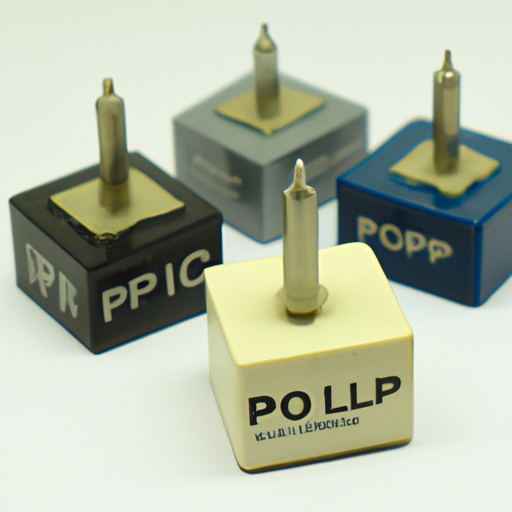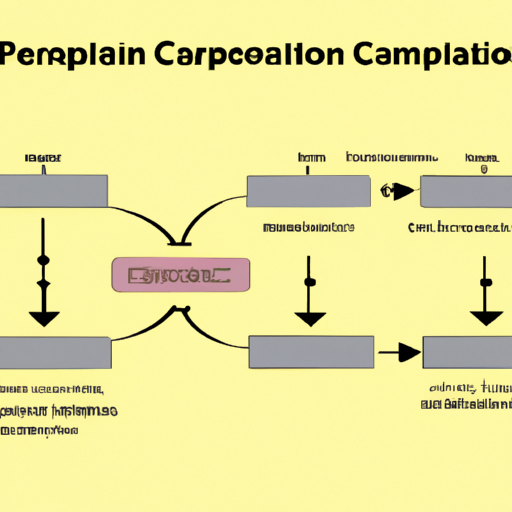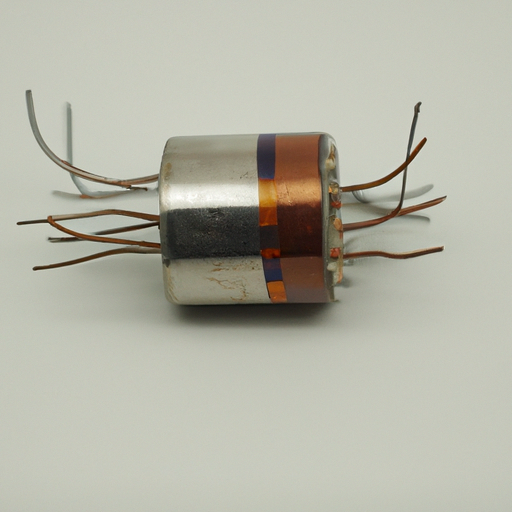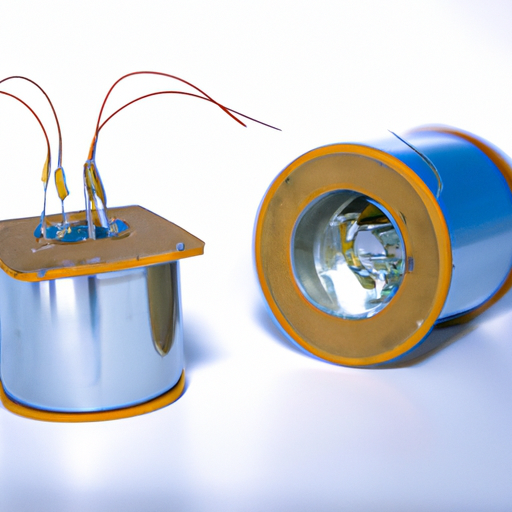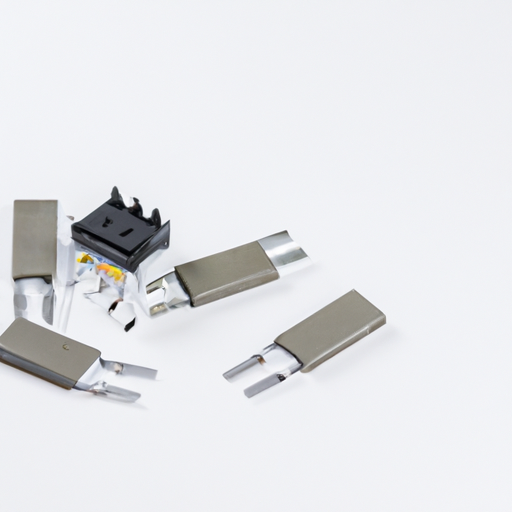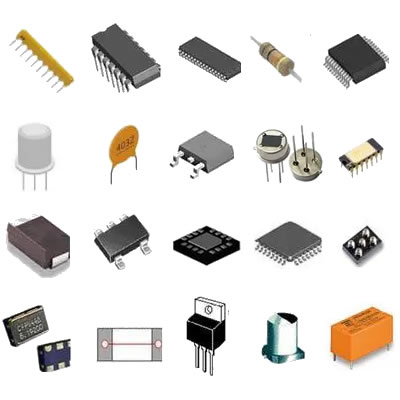What are the prices of popular capacitor application models in stock?
What are the Prices of Popular Capacitor Application Models in Stock?
I. Introduction
Capacitors are fundamental components in electronic circuits, serving as energy storage devices that can release energy when needed. They play a crucial role in various applications, from filtering and smoothing power supplies to timing and coupling signals in audio equipment. With the increasing demand for electronic devices, understanding the different types of capacitors and their pricing is essential for engineers, hobbyists, and manufacturers alike. This article aims to provide an overview of popular capacitor models, their applications, and their prices, helping readers make informed decisions when purchasing capacitors.
II. Understanding Capacitor Types
Capacitors come in various types, each with unique characteristics and applications. Here, we will explore five common types of capacitors: electrolytic, ceramic, film, tantalum, and supercapacitors.
A. Electrolytic Capacitors
Electrolytic capacitors are polarized capacitors that typically offer high capacitance values in a compact size. They are widely used in power supply circuits, audio equipment, and energy storage applications.
**Price Range and Factors Affecting Cost:** The price of electrolytic capacitors can range from $0.10 to $5.00, depending on capacitance, voltage rating, and brand. Factors such as material quality, manufacturing processes, and market demand can significantly influence their cost.
B. Ceramic Capacitors
Ceramic capacitors are non-polarized capacitors known for their stability and reliability. They are commonly used in high-frequency applications, decoupling, and filtering.
**Price Range and Factors Affecting Cost:** Prices for ceramic capacitors typically range from $0.01 to $2.00. The cost is influenced by factors such as dielectric material, capacitance value, and size. High-capacitance ceramic capacitors tend to be more expensive due to the complexity of their manufacturing.
C. Film Capacitors
Film capacitors are made from thin plastic films and are known for their excellent performance in high-frequency applications. They are often used in audio equipment, power electronics, and timing circuits.
**Price Range and Factors Affecting Cost:** The price of film capacitors generally ranges from $0.50 to $10.00. Factors affecting their cost include the type of film used, capacitance value, and voltage rating. Specialty film capacitors, such as those designed for audio applications, can be on the higher end of the price spectrum.
D. Tantalum Capacitors
Tantalum capacitors are known for their high capacitance and reliability in compact sizes. They are commonly used in applications requiring stable performance, such as in mobile devices and medical equipment.
**Price Range and Factors Affecting Cost:** Tantalum capacitors can range from $0.50 to $20.00, depending on their specifications. The price is influenced by the availability of tantalum, manufacturing processes, and the capacitor's voltage rating.
E. Supercapacitors
Supercapacitors, also known as ultracapacitors, are energy storage devices that can store and release large amounts of energy quickly. They are used in applications such as energy harvesting, backup power, and electric vehicles.
**Price Range and Factors Affecting Cost:** Prices for supercapacitors typically range from $1.00 to $50.00, depending on capacitance and voltage ratings. The cost is influenced by the materials used, manufacturing techniques, and market demand.
III. Popular Capacitor Models in Stock
When it comes to purchasing capacitors, several brands and manufacturers stand out in the market. Below is a detailed analysis of specific popular capacitor models, including their specifications, applications, and prices.
A. Overview of Popular Brands and Manufacturers
Some of the leading manufacturers of capacitors include:
Panasonic
Nichicon
Kemet
Vishay
Murata
These brands are known for their quality and reliability, making them popular choices among engineers and hobbyists.
B. Detailed Analysis of Specific Models
1. **Model A: Panasonic EEU-FR Series**
- **Specifications:** Electrolytic capacitor, capacitance: 1000µF, voltage: 25V
- **Applications:** Power supply filtering, audio equipment
- **Price:** Approximately $1.50
2. **Model B: Kemet C4AE Series**
- **Specifications:** Ceramic capacitor, capacitance: 10µF, voltage: 16V
- **Applications:** Decoupling, filtering in high-frequency circuits
- **Price:** Approximately $0.20
3. **Model C: Vishay MKT Series**
- **Specifications:** Film capacitor, capacitance: 1µF, voltage: 400V
- **Applications:** Audio applications, timing circuits
- **Price:** Approximately $2.50
4. **Model D: Nichicon PL Series**
- **Specifications:** Tantalum capacitor, capacitance: 47µF, voltage: 10V
- **Applications:** Mobile devices, medical equipment
- **Price:** Approximately $3.00
5. **Model E: Maxwell Technologies 2.7V Supercapacitor**
- **Specifications:** Supercapacitor, capacitance: 3000F, voltage: 2.7V
- **Applications:** Energy storage, backup power
- **Price:** Approximately $25.00
IV. Factors Influencing Capacitor Prices
Several factors can influence the prices of capacitors, including:
A. Material Composition
The materials used in manufacturing capacitors, such as tantalum, aluminum, and ceramic, can significantly affect their cost. Scarcity of materials, like tantalum, can lead to higher prices.
B. Manufacturing Processes
The complexity of the manufacturing process can also impact pricing. Advanced techniques that ensure higher reliability and performance often come at a premium.
C. Market Demand and Supply
Fluctuations in market demand and supply can lead to price changes. For instance, during periods of high demand for electronic devices, capacitor prices may rise.
D. Technological Advancements
Innovations in capacitor technology can lead to the development of new models with enhanced performance, which may be priced higher due to their advanced features.
E. Brand Reputation and Warranty
Well-established brands often command higher prices due to their reputation for quality and reliability. Additionally, capacitors with longer warranties may also be priced higher.
V. Where to Buy Capacitors
When it comes to purchasing capacitors, there are several options available:
A. Online Retailers
Online platforms such as Digi-Key, Mouser Electronics, and Amazon offer a wide range of capacitors. These platforms often provide price comparisons and availability, making it easy to find the best deals.
B. Local Electronic Component Stores
Purchasing capacitors from local stores can be beneficial for those who need components quickly. Local stores may offer competitive pricing and the advantage of immediate availability.
C. Wholesale Distributors
For bulk purchases, wholesale distributors can provide significant savings. Buying in larger quantities often leads to lower per-unit costs, making it an attractive option for manufacturers and large projects.
VI. Conclusion
In summary, capacitors are essential components in electronic circuits, with various types and models available to suit different applications. Understanding the characteristics and pricing of popular capacitor models can help individuals and businesses make informed purchasing decisions. As technology continues to advance, the demand for capacitors is likely to grow, influencing pricing trends in the future. Selecting the right capacitor for specific applications is crucial for ensuring optimal performance and reliability in electronic devices.
VII. References
- Manufacturer websites and product catalogs
- Industry reports and market analysis articles
- Online electronics retailers for price comparisons
By understanding the various types of capacitors, their applications, and pricing, readers can navigate the capacitor market more effectively and make choices that best suit their needs.

